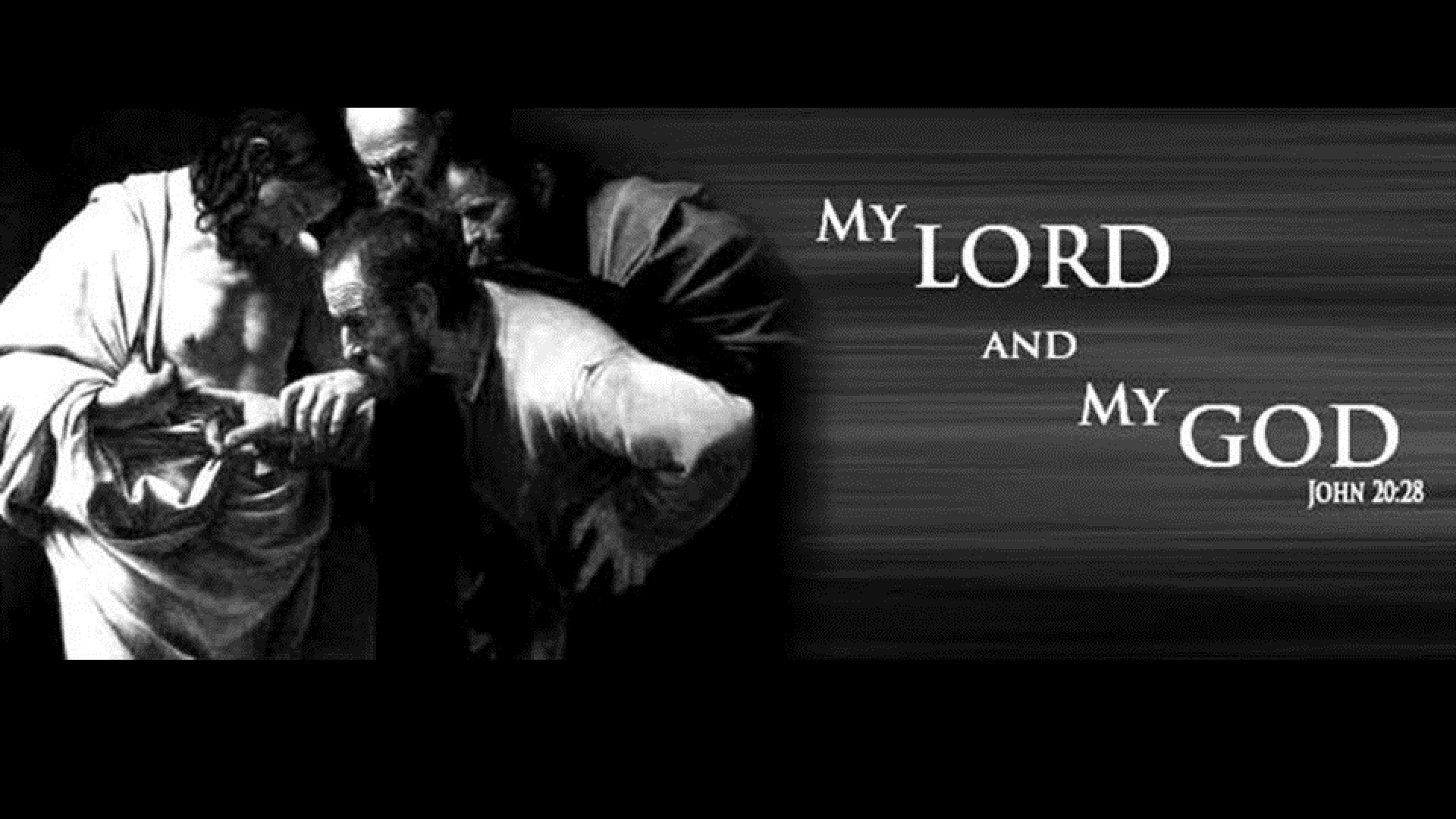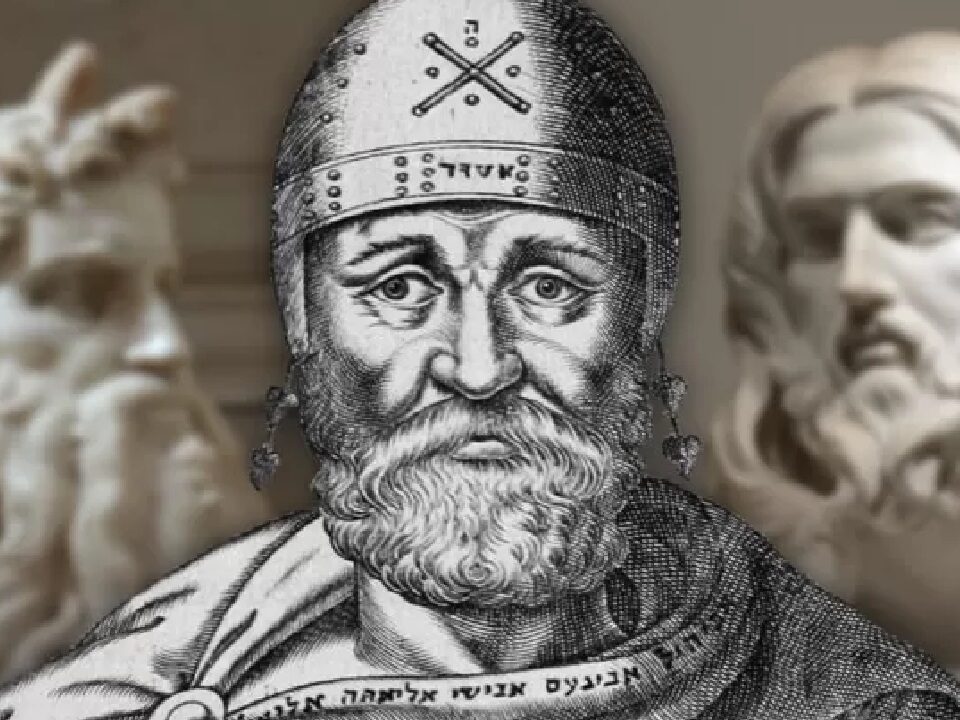
My Lord! and my God!
June 29, 2018
The Shift from Messiah, Son of God, to Jesus as “God.”
July 30, 2018The Doctrine of the incarnation

By Robert Lawrence Ottley, 1896.
It is unnecessary, however, to notice in detail the Messianic conceptions of the apocalyptic literature. In some of the writings of this class pre-existence is attributed to the expected Messiah, but only in common with other venerable things and persons, such as the tabernacle, the law, the city of Jerusalem, the lawgiver Moses himself , the people of Israel.
The apocalyptic picture is for the most part that of a human prince, exalted, majestic, richly endowed,-whose advent will inaugurate a glorious future for Israel. The Messiah is to be the instrument of judgment on heathen oppressors, the victorious avenger of the righteous. He is human, a son of man, though possessed of transcendent gifts of wisdom, knowledge, and power.
According to one view, He will appear in days when the tribulation of the righteous has reached its height, and His reign will begin with a wholesale destruction of His foes, after which He will rule in tranquility and peace, the Holy Land being the seat of His dominion. Palestine is thus the “narrow region of safety and happiness.”
Something, perhaps, was also contributed to the form of the Messianic expectation by the current exegetic literature, of which the Septuagint is an early and the Targums are a late example. These last contain, as seems to be generally allowed, only scanty and faint traces of a Divine Messiah; allusions to His being “revealed,” and to His eternal preexistence, cannot fairly be said to imply more than predestination in the Divine purpose and foreknowledge.

